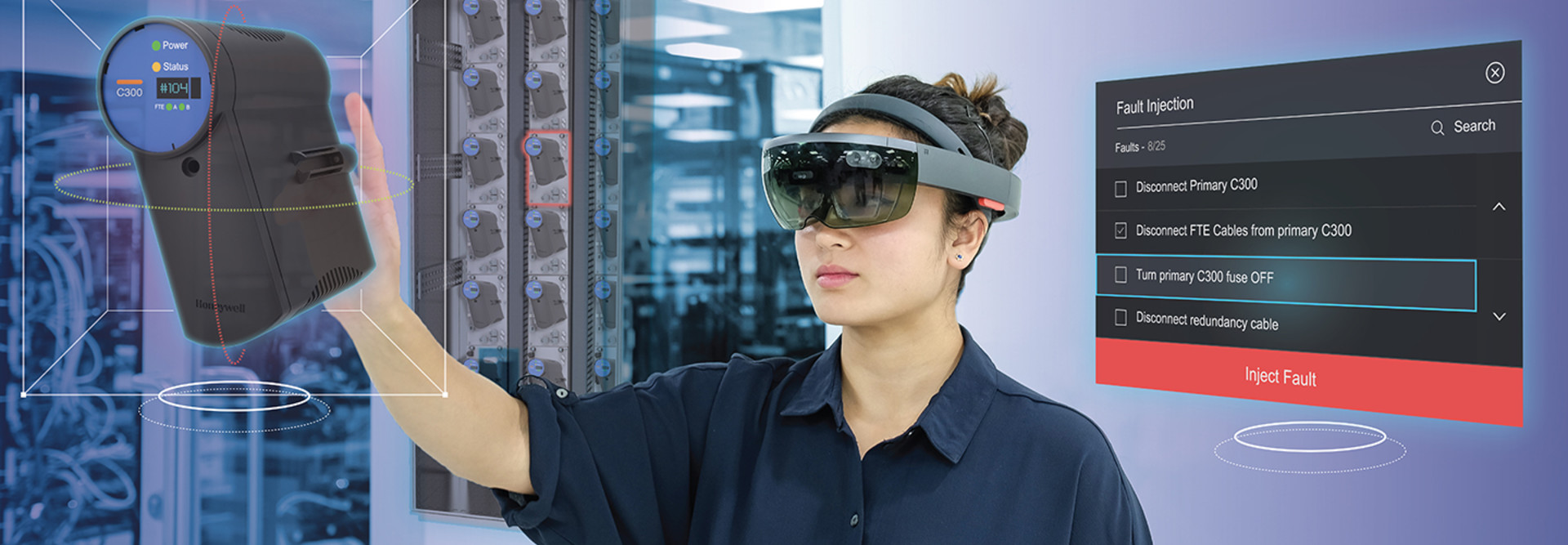Are Augmented and Virtual Reality the Future of Corporate Training?
Augmented and virtual reality are revolutionizing corporate training. In industries such as high-tech manufacturing, businesses are deploying virtual worlds that simulate the real-life settings employees will work in.
“There’s a growing pool of companies that already have deployments for AR and VR enterprise training,” says Lewis Ward, IDC’s research director of gaming and AR/VR.
A purely virtual setting, or one where holographic information is superimposed on a trainee’s physical environment, allows new hires to perform procedural steps they’ve just viewed, or can serve as a refresher course that employees can access on a job site.
Workers Reap the Benefits of Virtual Reality
That goal was one of the key drivers behind Honeywell’s Connected Plant Skills and Safety Immersive Competency offering, which was inspired by skills gap issues its customers faced due to the retirement of more experienced workers.
“AR and VR give you the ability to train in areas you see only very occasionally but are critical for safety, as well as for the functionality of a process at hand,” says Vincent Higgins, director of technology and innovation at Honeywell Connected Plant. “When all your senses are engaged and you see the consequences of your actions, you typically get a much higher retention rate — and time to competency speeds up.”
By donning a Microsoft HoloLens and Windows Mixed Reality headsets, workers access immersive VR training to help them learn how to handle scenarios such as a plant shutdown.
The technology also generates data to confirm employees are learning.
Construction equipment provider United Rentals plans to begin offering new VR-based simulators this year through its United Academy division to help customers teach their employees how to operate articulated boom and scissor lift machines. The headsets trainees wear contain sensors that gauge user motion and performance, says Jim Dorris, United Rentals’ vice president for environmental health and safety.
“We’re able to capture a lot of information to come up with a quantitative assessment of how capable they are operating the equipment,” Dorris explains.
AR, VR Training Could Boom
AR and VR technology can pose a few challenges, according to Ward. The hardware cost can be an issue, and if a company only has a certain number of available headsets, scheduling training time can also be a challenge.
Still, given the comprehension and assessment capabilities the technology provides, Ward expects more employers will supplement training with AR and VR functionality in the future.
“The software and hardware will both get better over time, and hardware prices will come down,” Ward explains. “Companies need to ask themselves how this fits into existing training processes. What is the software and hardware allowing us to add to what we’re already doing? At the end the day, you want people to retain information — and act properly when the scenario comes up at their actual job.”










